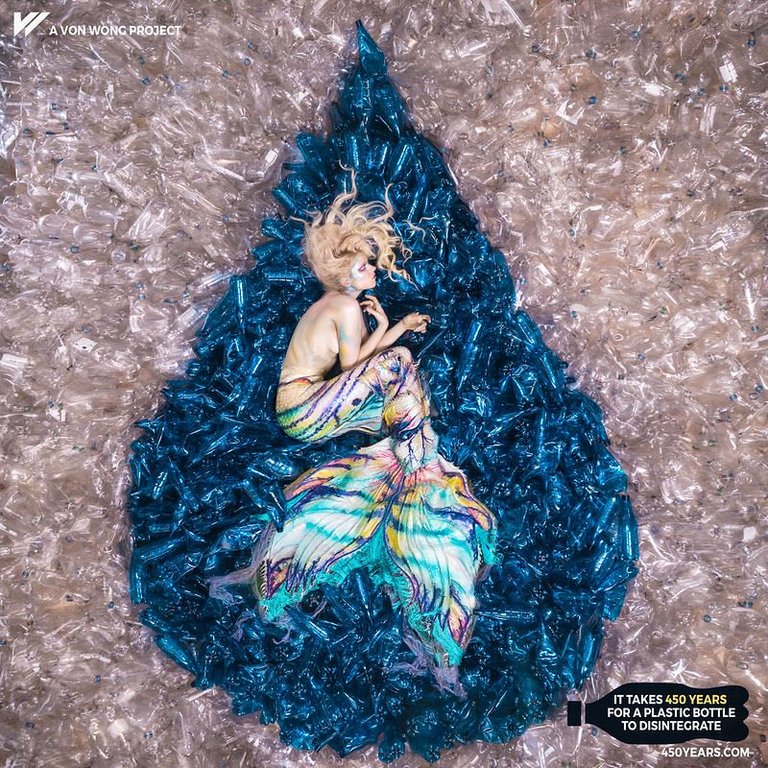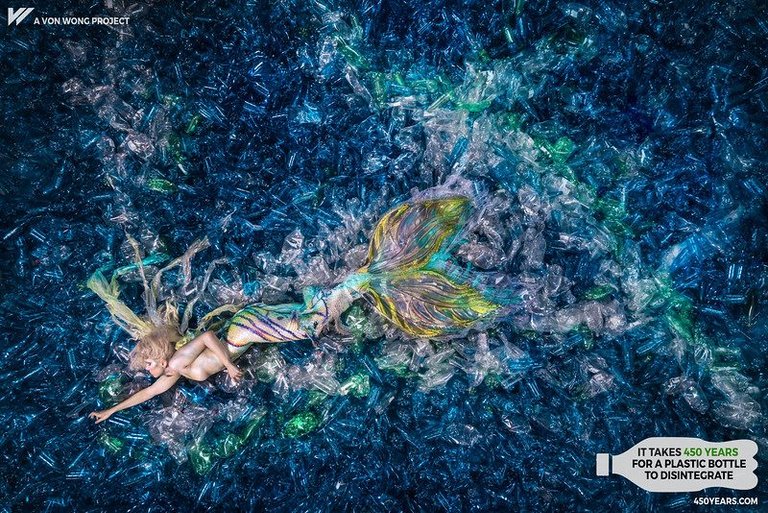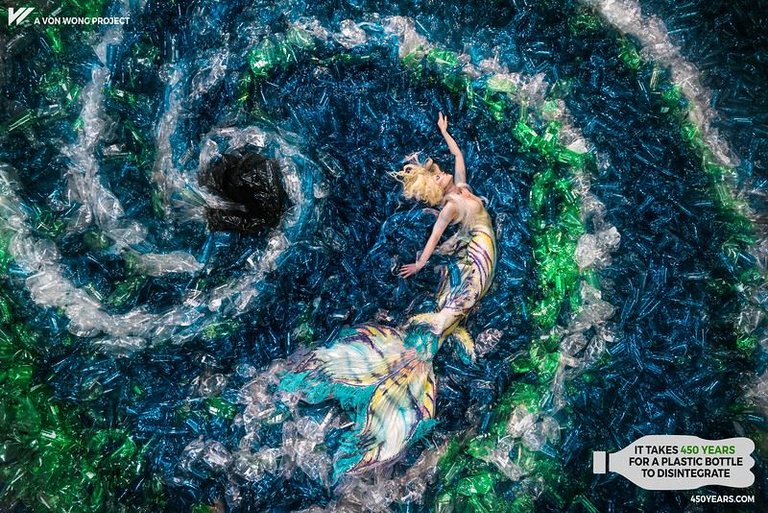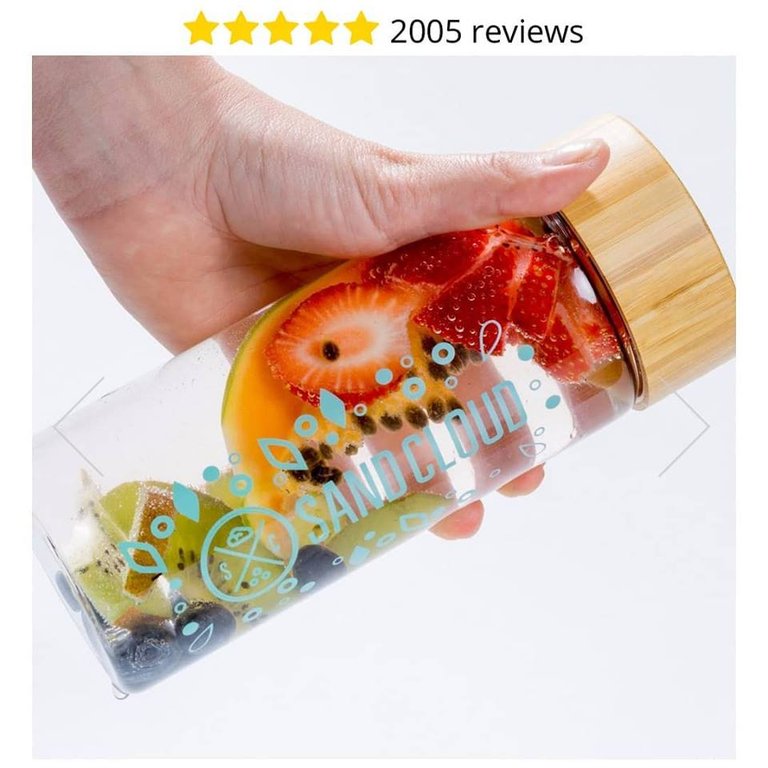Wanna be a mermaid? switch to glass because #MermaidsHatePlastic

Plastics are a MASSIVE problem for our oceans.
 (not my photo)
(not my photo)
https://en.wikipedia.org/wiki/Great_Pacific_garbage_patch
Thousands of animals, from small finches to great white sharks, die grisly deaths from eating and getting caught in plastic:
-Fish in the North Pacific ingest 12,000 to 24,000 tons of plastic each year, which can cause intestinal injury and death and transfers plastic up the food chain to bigger fish and marine mammals. A recent study found that a quarter of fish at markets in California contained plastic in their guts, mostly in the form of plastic microfibers.
-Sea turtles also mistake floating plastic garbage for food. While plastic bags are the most commonly ingested item, loggerhead sea turtles have been found with soft plastic, ropes, Styrofoam, and monofilament lines in their stomachs. Ingestion of plastic can lead to blockage in the gut, ulceration, internal perforation and death; even if their organs remain intact, turtles may suffer from false sensations of satiation and slow or halt reproduction. Tragically, the most current research indicates that half of sea turtles worldwide have ingested plastic.
-Hundreds of thousands of seabirds ingest plastic every year. Plastic ingestion reduces the storage volume of the stomach, causing birds to consume less food and ultimately starve. Nearly all Laysan albatross chicks — 97.5 percent — have plastic pieces in their stomachs; their parents feed them plastic particles mistaken for food. It's estimated that 60 percent of all seabird species have eaten pieces of plastic, with that number predicted to increase to 99 percent by 2050. Based on the amount of plastic found in seabird stomachs, the amount of garbage in our oceans has rapidly increased in the past 40 years.
-Marine mammals ingest and get tangled in plastic. Large amounts of plastic debris have been found in the habitat of endangered Hawaiian monk seals, including in areas that serve as pup nurseries. Entanglement deaths are severely undermining recovery efforts of this seal, which is already on the brink of extinction. Entanglement in plastic debris has also led to injury and mortality in the endangered Steller sea lion, with packing bands the most common entangling material. In 2008 two sperm whales were found stranded along the California coast with large amounts of fishing net scraps, rope and other plastic debris in their stomachs. (taken from http://www.biologicaldiversity.org/campaigns/ocean_plastics/)
Want to help?
Check out Sand Cloud! http://rwrd.io/etd5dyk

10% of all profits benefit various marine life charities, the company regularly picks up trash on their local beaches, one of their business goals is to raise awareness about the dangers global marine life face, AND they encourage their ambassadors to engage in/start up conservation efforts in their local communities!!!

Just click here! http://rwrd.io/etd5dyk
35% off Valentine's day sale happening now!!! Or use code Pamtty15 for 15% off anytime! #SaveTheFishies

Also be sure to checkout:
https://blog.vonwong.com/mermaidplastic/ for more info about these great photos and facts about marine pollution.
https://www.seasteading.org/ for information about how important our oceans are to our future
https://www.learnaboutcritters.org/ for more information about local eco systems
and www.PinkLoveandXD.com to learn more ways that you can help!
Hi! I am a robot. I just upvoted you! I found similar content that readers might be interested in:
https://www.healthyoptions.com.ph/newsdigest/a-plastic-planet-what-we-are-leaving-behind/plastic-ocean-the-new-killing-fields